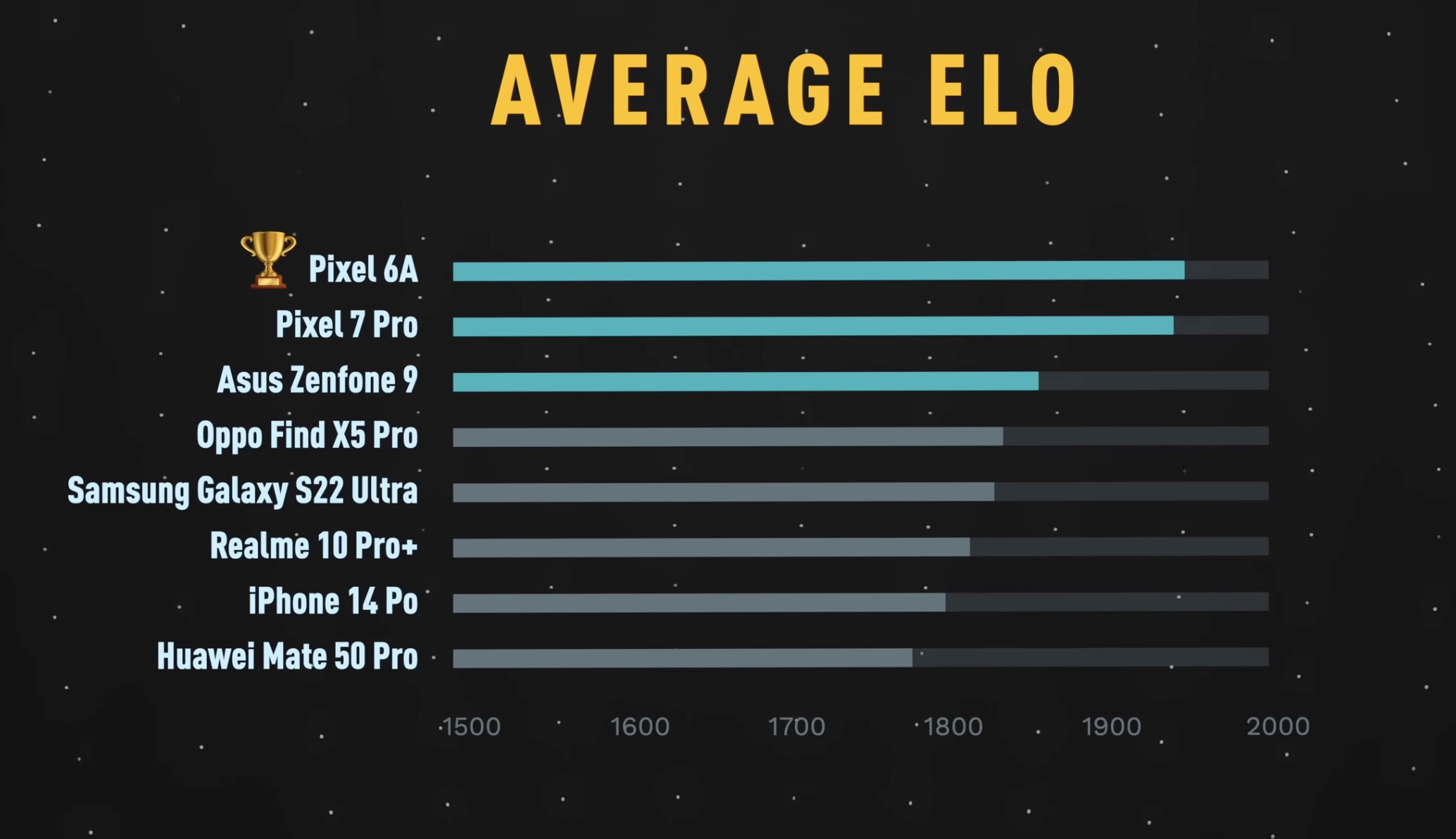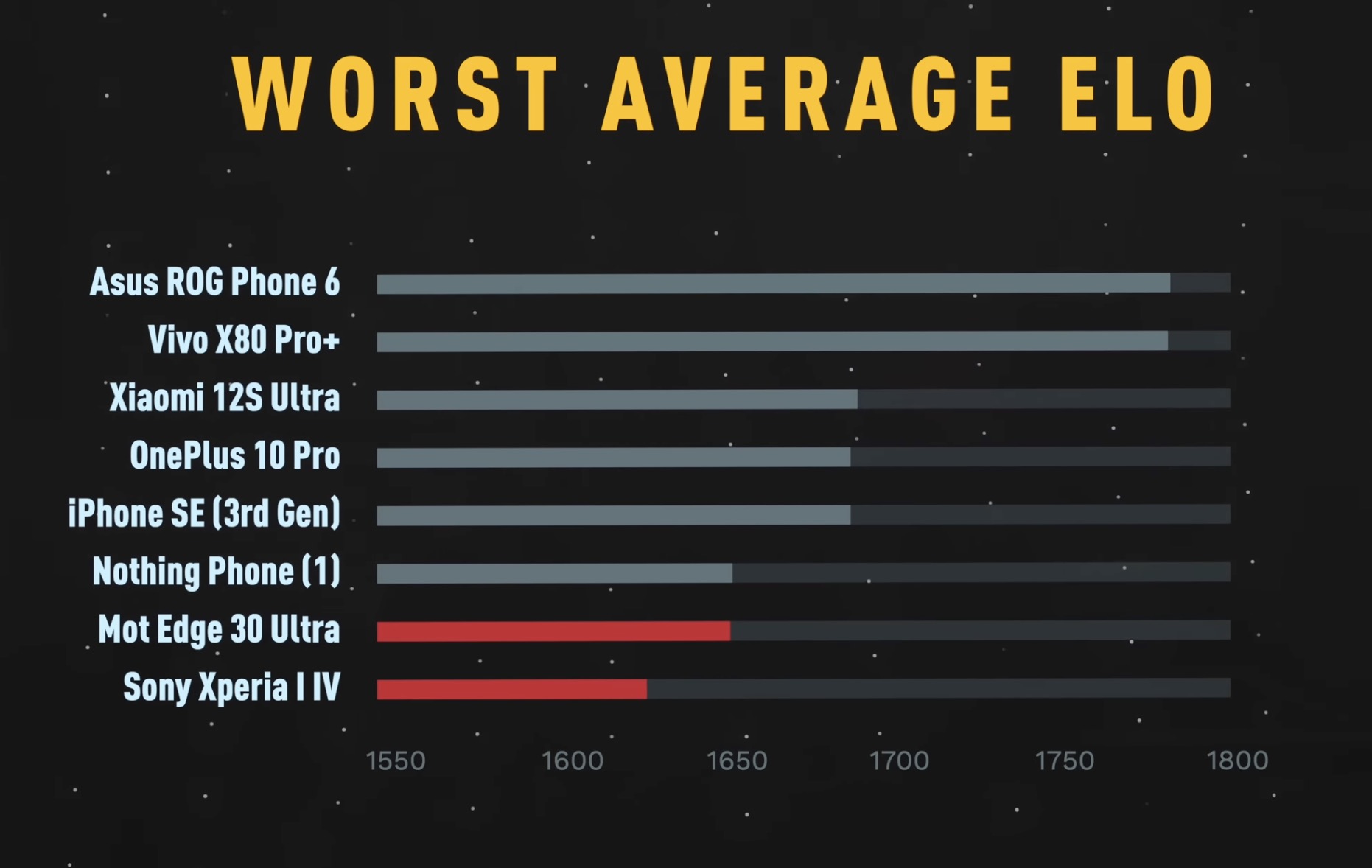https://www.space.com/sundogs-definition-formation-science
A sundog is a concentrated patch of sunlight that is occasionally seen to the right or the left of the sun or even on both sides of our star in the sky simultaneously.
Also called mock suns or parhelia, meaning “with the sun,” according to the National Weather Service (opens in new tab). Sundogs are part of a family of atmospheric optical illusions including moon haloes and the closely related sun haloes. All of these phenomena are caused by the refraction of sunlight by ice crystals in the atmosphere.
Sundogs typically appear as a pair of patches of light with subtle colors which manifest at the same altitude over the horizon as the sun. They can appear in a variety of forms, sometimes as colorful spots, or other times, so intense and bright they appear to be two additional suns in the sky.
Related: Red lightning: The electrifying weather phenomenon explained
The name “sundog” is believed to date back to Greek mythology according to Almanac, though this isn’t the definitive origin of the name. The name may reflect the belief that as Zeus the father of all gods and the god of the sky in Greek mythology, walked his dogs through the sky they often appeared as companions to the sun as two “false suns.”
What causes sundogs?
(opens in new tab)
Sundogs are formed when light passes through hexagonal plate crystals of ice, suspended in cirrus or cirrostratus clouds located at altitudes of around 20,000 feet (6,000 meters) and higher, up to 40,000 feet (12,000 meters).
These ice crystals can also be found much closer to the ground in extremely cold climates where temperatures drop below -22 degrees Fahrenheit (-30 degrees Celsius) as a meteorological phenomenon called “diamond dust.”
As ice crystals drift downwards their hexagonal faces are orientated approximately horizontally. Rays of sunlight enter through a side edge face and then exit through another edge face that is inclined 60 degrees to the first.
Taking these two refractions causes the sunlight to deviate by at least 22 degrees depending on the angle at which it entered the ice crystal, according to science site Atmospheric Optics. This causes light to ring the sun at a distance of 22degrees as sun-haloes. When the light is concentrated as spots next to the sun. also separated by 22 degrees it appears as sundogs.
Suitably for a phenomenon with a canine-inspired moniker, sundogs can often appear with ‘tails’ of light stretching out from them. These tails are created by the reflection of light from the vertical sides of the flat hexagonal ice crystals.
The sundog rainbow
(opens in new tab)
The inner edges of sundogs closer to the sun tend to have a reddish hue than the outer edges which are blue in color. The middles of sundogs tend to be yellow or orange. The reason for this variation in color is rooted in the physics of light that gives rise to the ordering also seen in rainbows.
Light from the sun is white and made up of light of all different colors. When it passes through a prism the white light of the sun is split into its constituent colors.
This happens because the degree at which light is refracted when passes through a medium, in this case, the ice crystal, is refracted depends on its frequency. The variation is called the index of refraction.
Low-frequency long-wavelength red light is refracted less strongly than high-frequency blue light so red light stays closer to the sun, while blue light is dispersed further out.
The effect is similar to that which causes a rainbow to appear with a set order of colors, red, orange, yellow, green, blue, indigo, and violet (which can be remembered with the simple mnemonic ROY G.BIV) through rainbows are caused by raindrops, not by ice.
If the colors in a sundog were more prominent you’d see them spreading away from the sun in this order but orientated vertically rather than horizontally as with a rainbow.
Sundogs don’t only vary in color, however. They can also come in a variety of shapes and sizes depending on the size of the ice crystals that create them.
These hexagonal crystals rarely remain exactly horizontal as they descend through the atmosphere. Rather they wobble as they fall to Earth, the amount a crystal wobbles as it descends increases with its size.
Crystals that wobble the most, and thus larger crystals, create sundogs that are taller. These can become so tall that eventually, they are difficult to distinguish from just fragments of a 22 degree halo around the sun.
(opens in new tab)
Every dog has its day: Where and when can you see sundogs?
Sundogs can be seen worldwide and can appear at any time when the sun is above the horizon. There are, however, conditions that not only make sundogs more likely to manifest but also boost their brightness making them more likely to see.
The most obvious condition improving the quality of sundogs is the proximity of the sun to the horizon. The closer the sun is to the horizon the more conspicuous sundogs are. When the sun is high in the sky sunlight can’t pass through ice crystals as easily.
Because sundogs are more common when the sun is close to the horizon, the best time to look for these solar illusions is in the morning or evening when the sun is rising or setting.
The fact that ice is key to the creation of sundogs means you are more likely to see them during winter, especially the further north you go.
That means the frigid winter mornings of December in the northern hemisphere provide the ideal time to go sundog hunting.
If you’re looking for equipment to catch the perfect sundog photograph, our guides to the best cameras for astrophotography and best lenses for astrophotography can help.
Additional Reading
The reason we know sundogs aren’t related to a god taking his dogs for a walk is probably thanks to Isaac Newton‘s work with optics in the 1600s. Read about what inspired Newton to experiment with prisms and light and the results these experiments delivered on the Molecular Expressions website which also allows you to play with prisms yourself.
Bibliography
Sun Dog, Britannica, [Accessed 12/13/22], [https://www.britannica.com/science/sun-dog (opens in new tab)]
What Are Sundogs? Rainbows Beside the Sun!, Alamanac, [Accessed 12/13/22], [https://www.almanac.com/what-are-sundogs-rainbows-beside-sun (opens in new tab)]
Sun Dog Formation, Atmospheric Optics, [Accessed 12/13/22], [https://atoptics.co.uk/halo/dogfm.htm (opens in new tab)]
What Causes Halos, Sundogs and Sun Pillars?, Nation Weather Service, [Accessed 12/11/22], [https://www.weather.gov/arx/why_halos_sundogs_pillars (opens in new tab)]
via Space https://ift.tt/cQSID39
December 23, 2022 at 08:09AM



